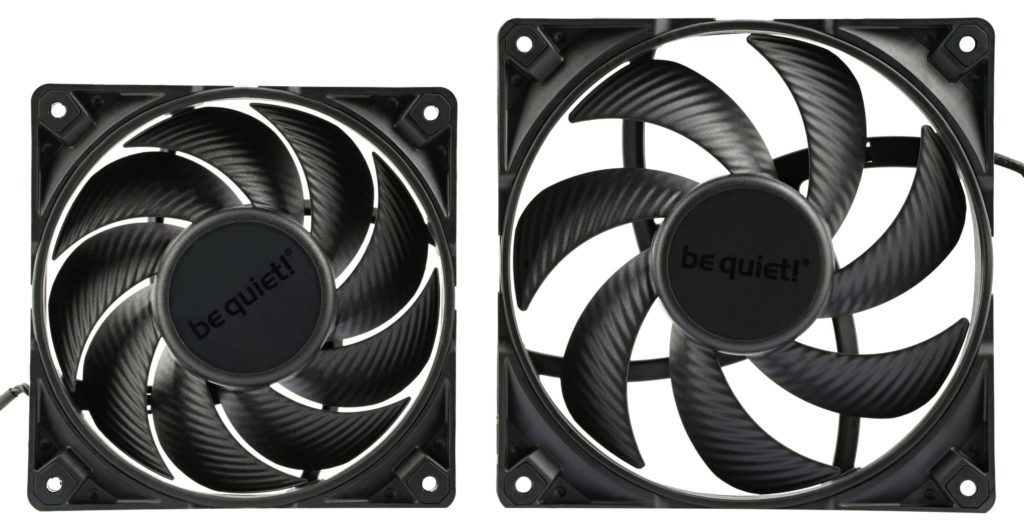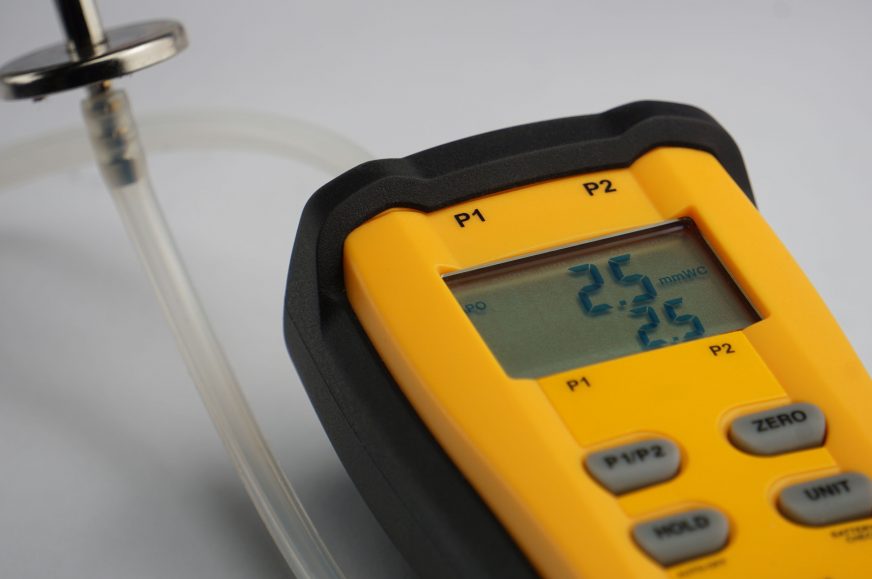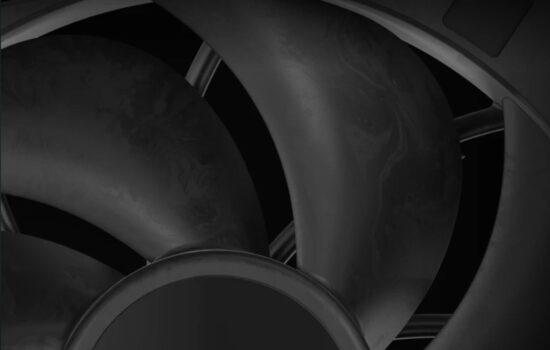Static pressure, the muscle of the fan
A trivial topic for some, for others something they didn’t understand as well as they should have. This is also indicated by various activities on discussion forums, including posts like “airflow is irrelevant, you mainly need high static pressure on a radiator”, which somewhat points to a connection of wrong contexts. In this article we will discuss very simply, with examples, what static pressure is and how to grasp it correctly.
To get into the action we start with a story from the animal kingdom. At the starting line of a race, a horse-fly will stand against a buffalo. The small horse-fly is theoretically considerably faster, Hybomitra hinei has a top speed quoted as high as 145 km/h. So we can assume that it will easily win this race against a slow buffalo with a speed of only up to 50 km/h. But that will only happen under certain conditions, namely when there is no obstacle on the track to stop it.
The moment the horse-fly inadvertently bumps into even a thin wooden pole, the competition is over for it. It may have extreme speed, but it has no strength to overcome the pole. The buffalo doesn’t even notice that it has just rolled over it, and the pole doesn’t take too much off its speed before the moment of impact – it has incomparably more strength than the horse-fly, and this is similar with fans. There are models that can move air streams to really high speeds and therefore achieve high airflow, but sometimes (for example with the Arctic BioniX F120) it’s only in a situation where there’s nothing in their way and they have no obstacle in front of them or behind them that’s holding them back. If there is one, the airflow decreases significantly, or much more than with a “stronger” fan.

And what does a stronger fan mean, what does it have to have? Design features where the least amount of air would leak between the blades by applying the same force/pressure of the obstacle. Typically, a fan with a surface area largely made up of gaps (between the blades or between the blade tips and the stator frame) will lag behind because air can escape over a larger surface area. It should be noted here, however, that it is difficult to point to a fan with higher static pressure just by looking at it this way from a distance. Certainly, when it comes to extremes where the difference in the inter-blade space is abysmal (such as between the Noctua NF-S12A and the 120 mm BeQuiet! Silent Wings Pro 4 with substantially smaller gaps), je to pomerne jednoduché. But the smaller the design differences, the more other factors come into play, which we’ll talk about some other time when it makes more sense (i.e. enough people understand these basics).
A trend with decreasing static pressure amount can also be noticed with increasing fan format sizes. This on the one hand naturally increases airflow because they have larger blades that operate in a larger cross section, but this often happens at lower static pressure. This is lower because larger fans also have larger gaps through which air can leak, creating inefficiency.
In principle, however, this does not matter and a larger fan is often more efficient, because even after it loses some airflow due to an obstacle (e.g. a radiator), the final airflow will be higher than with smaller fans. For those (as long as they have a higher static pressure) the airflow may drop less due to a similarly restrictive obstacle, but by starting from a lower base, less air will flow per unit of time, with the associated lower cooling performance. A good example in practice is the comparison across formats of BeQuiet! Silent Wings 4 Pro fans. The larger, 140-milimetre model achieves higher airflow through a radiator (117.26 vs. 113.93 m3/h) at lower static pressure (3,72 vs. 4,69 mm H2O). High-speed small fans in 20 mm formats have the highest static pressure, but suffer from low airflow and high noise.

Static pressure alone has little informative value in practice. This is, among other things, because it is a figure measured at zero airflow, which means that it is measured at enormous environmental resistance, which in practice is not achieved even in the most restrictive situations. The static pressure does not say whether a given fan is a better or worse adept on a radiator, but only gives a rough indication of the loss of airflow that can probably be expected due to the obstacle. This is, of course, best measured directly at the obstacle, and the more obstacles the better (the more data from which to draw conclusions). Meanwhile, the airflow loss depends not only on the geometry and material composition of the rotor, but also to a large extent on the power of the motor… how it reacts to situations with different environmental resistance, how it affects the speed. But that’s a topic we’ll cover, backed up by measurements, another time.













The drop in RPM under back pressure is not necessarily a negative, if the RPM drop is 10% at the corresponding pressure, then it would take 133.1% more power to maintain the same RPM as under free air.
Sorry, it should be 137%.
Thank you for your comment. This topic will be dealt with in great detail later on, with the analysis to be based on the results of tests of several fans.
so for a fan case its better air flow over pressure, at contrary for a fan for the cpu is better the static pressure, right?
My understanding is that for an obstructed position (e.g. dust filter, heatsink, radiator), static pressure and airflow are both important but if you have to choose, prioritize SP. Those are usually intake positions.
For exhaust positions, a high airflow position is best since there are no significant barriers. AFAIK! 🙂
Well, a fan with high static pressure usually has a high airflow. The reverse is not necessarily true. 🙂
Static pressure is also important in the exhaust position on a grille of a computer case. A large amount of unwanted microturbulence occurs on the sharp edges of the grille patterns, with which each fan struggles at a different efficiency.
The use of the word “pressure” without specifying whether it is static, dynamic or total pressure is often a source of much misunderstanding and miscommunication. Certainly, higher static pressures at the same airflow is beneficial for CPU coolers, as it will result in a smaller drop in airflow, which means that higher cooling efficiency will be achieved.
However, assuming that static pressure is less important for system fans can be a big mistake. If the fan has no obstacles in the way, it really doesn’t play a big role, but a fan on a grille (for example, on a case exhaust) obviously needs high static pressure to push air through it.